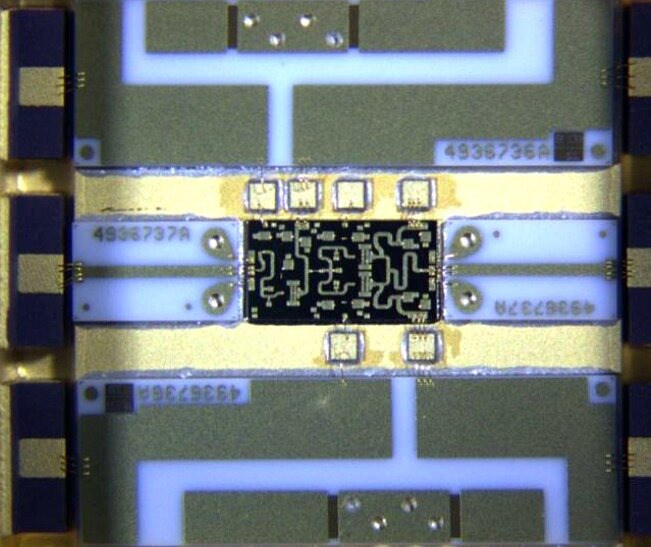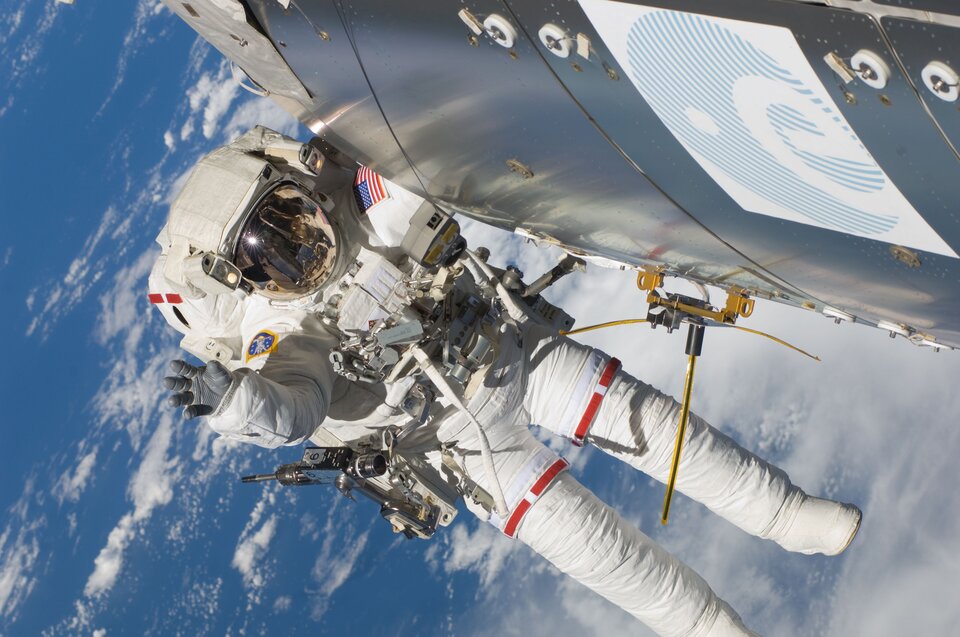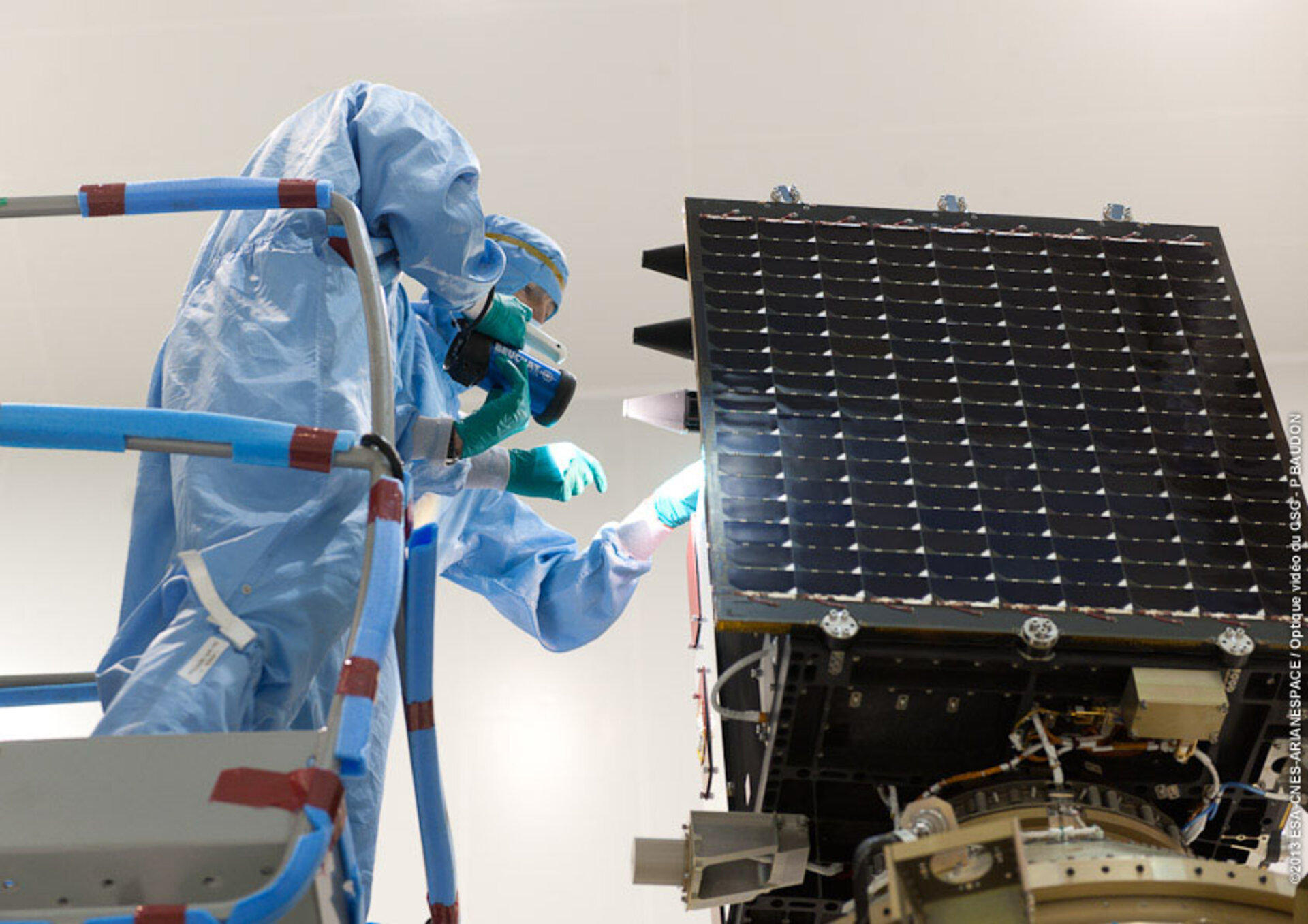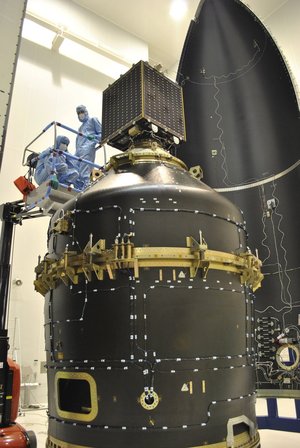Innovative products given chance to hitch-hike to space
Is your company or research group working on a novel technology or product that would benefit from early testing in space? Then ESA would like to hear from you – and perhaps offer you a ride.
By far the best way to establish the market-readiness of novel European space technologies and products is to fly and test them in space. Flight heritage is the gold standard of the space industry, proving to conservative mission managers that new hardware can be safely adopted at low risk.
But getting the chance to fly can often prove challenging, especially for smaller companies or research bodies.
ESA aims to change that with an ongoing invitation to submit ideas for flight demonstrations, along with potential opportunities to fly.

The Agency is compiling an online database to match aspiring demonstration payloads with ‘carriers of opportunity’ – which might be suborbital rockets that attain microgravity, or a berth on a launcher upper stage that goes all the way up into orbit, satellites or space probes, or a spot on the International Space Station.
This permanently Open Call is formally known as Element 3 in Period 6 of ESA’s long-established General Support Technology Programme (GSTP), which serves to turn prototype technologies into market-ready products.
Element 3 for Technology Flight Opportunities was approved by ESA’s Ministerial Council at the end of 2012 in response to feedback from the European space sector, which pinpointed a need for more in-orbit demonstration opportunities in order to boost Europe’s future competitiveness.

ESA missions have a long tradition of hosting ‘guest payloads’, showing how such in-orbit demonstrations can work in practice, with spare mass and body allotted when available.
In particular, the Proba small-satellite series has tested numerous technologies in space in addition to mission payloads.
For instance, 2013’s Proba-V Earth-observing mission also carried the world’s first satellite-based ADS-B receiver, demonstrating the ability to detect routine air traffic signals from space.
The 2009-launched Proba-2 carried guest payloads including a novel solar concentrator for power generation, an experimental microcamera and a xenon gas resistojet thruster.
The exterior of Columbus, Europe’s Space Station module, hosted a test receiver to pick up AIS signals, letting them track much of Earth’s maritime activity.
And ESA’s 2009-launched CryoSat carries the smallest gyro ever flown in space, a miniaturised sensor to measure the satellite’s spin rate, based on the latest micro-electromechanical systems (MEMS) technology.





